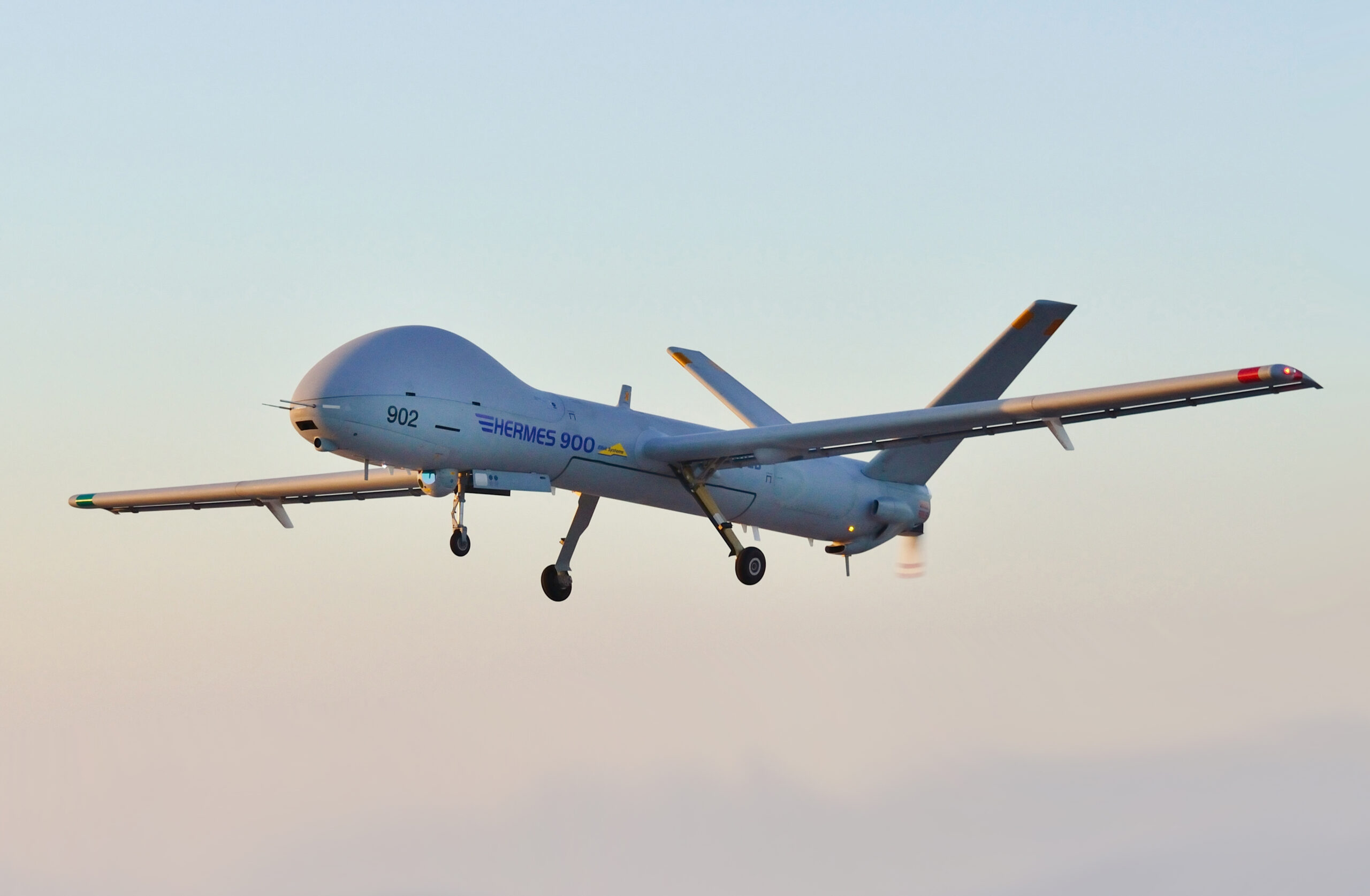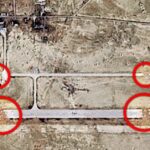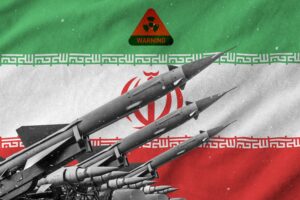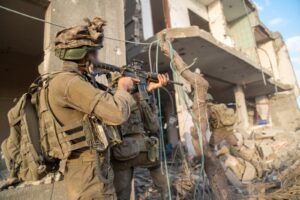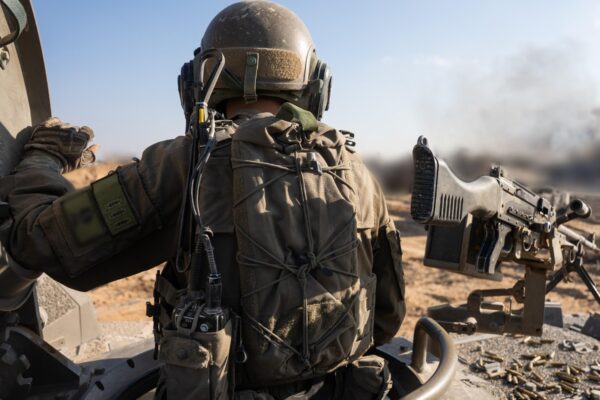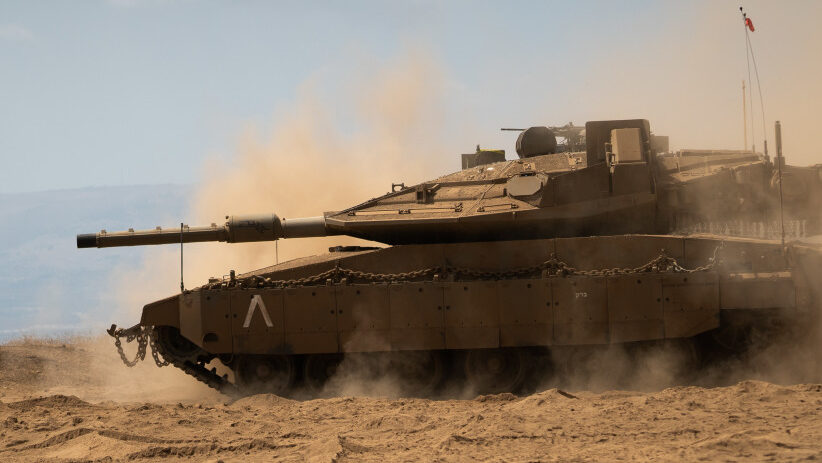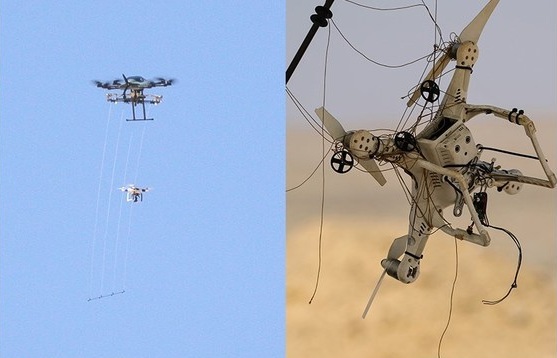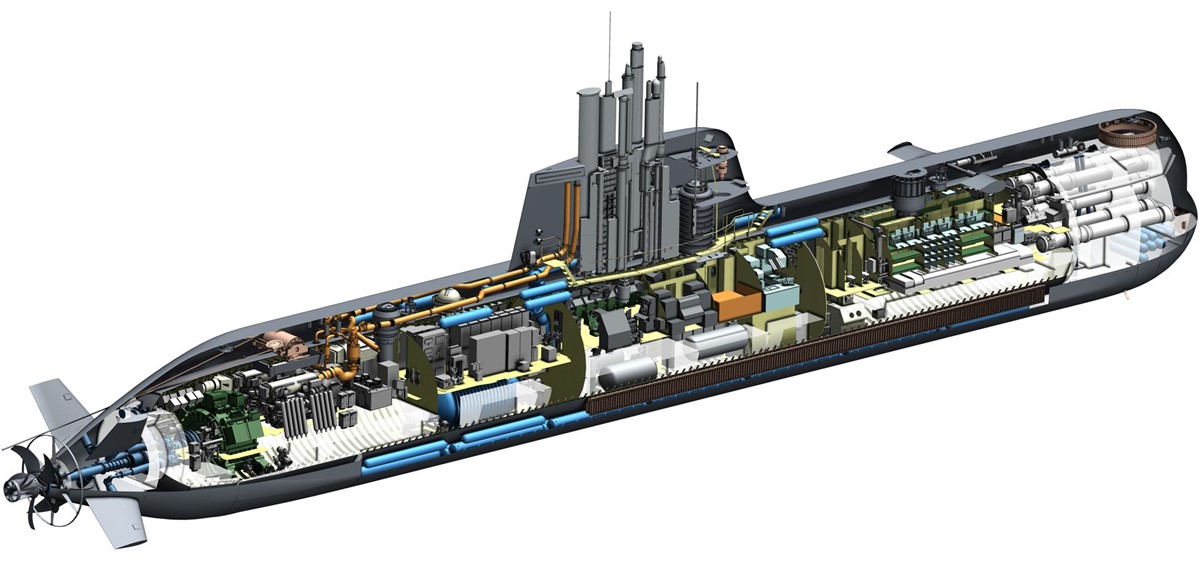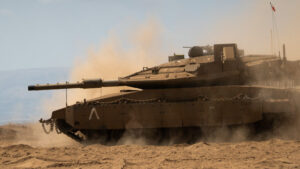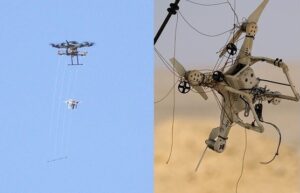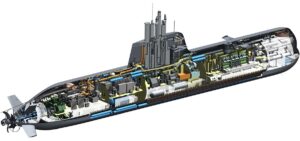The Hermes 450 serves as the backbone of the IDF’s intelligence, surveillance, and reconnaissance operations.
By Hezy Laing
The Israel Defense Forces (IDF) have cultivated one of the most sophisticated drone programs in the world, integrating unmanned aerial vehicles (UAVs) across nearly every layer of military operations.
From tactical reconnaissance to strategic intelligence and precision strikes, drones have become indispensable tools in Israel’s defense strategy, particularly in asymmetric warfare environments like Gaza and southern Lebanon.
IDF field platoons have increasingly integrated drones into their daily combat operations, transforming how ground units engage with threats and gather intelligence.
These drones, once considered strategic assets reserved for higher command levels, are now essential tools for infantry squads operating in complex environments like Gaza and the West Bank.
At the tactical level, the IDF deploys lightweight drones such as the Skylark I and III, developed by Elbit Systems.
These man-portable UAVs are used by infantry units for real-time surveillance, target acquisition, and battlefield awareness.
Their silent operation and compact design make them ideal for urban warfare and border patrols.
Similarly, the Orbiter drone, produced by Aeronautics, offers short-range reconnaissance capabilities and can be quickly deployed by field units for immediate intelligence gathering.
In some cases, platoons have used drones equipped with laser scanners to create 3D models of tunnel networks, a critical capability in areas like Gaza where subterranean threats are common.
Advanced mesh radio networks allow multiple drones to operate collaboratively, maintaining communication even in environments with heavy jamming or obstructive terrain.
The IDF has also developed specialized field intelligence units that work closely with combat platoons, bridging the gap between high-level drone operations and frontline needs.
These units operate small drones that can be launched quickly and silently, offering immediate visual feedback during missions.
This capability is especially valuable in urban warfare, where visibility is limited and threats are often hidden within civilian infrastructure.
For medium-altitude, long-endurance missions, the IDF relies heavily on drones like the Hermes 450 and Hermes 900, both manufactured by Elbit Systems.
The Hermes 450 serves as the backbone of the IDF’s intelligence, surveillance, and reconnaissance (ISR) operations, with an endurance of up to 20 hours.
Its successor, the Hermes 900, boasts a larger payload capacity and enhanced multi-mission capabilities, including maritime patrol and strategic surveillance.
Another key player in this category is the Heron, also known as Shoval, developed by Israel Aerospace Industries (IAI).
The Heron is used for long-range missions and border monitoring, offering high-resolution imagery and persistent coverage.
In addition to surveillance drones, the IDF employs loitering munitions—often referred to as suicide drones—for precision strikes.
The Harop, developed by IAI, is a loitering munition capable of hovering over a target area and striking when a threat is identified.
It is particularly effective in eliminating high-value targets with minimal collateral damage.
The Harpy, another IAI creation, is designed to destroy enemy radar installations, making it a critical asset in electronic warfare.


